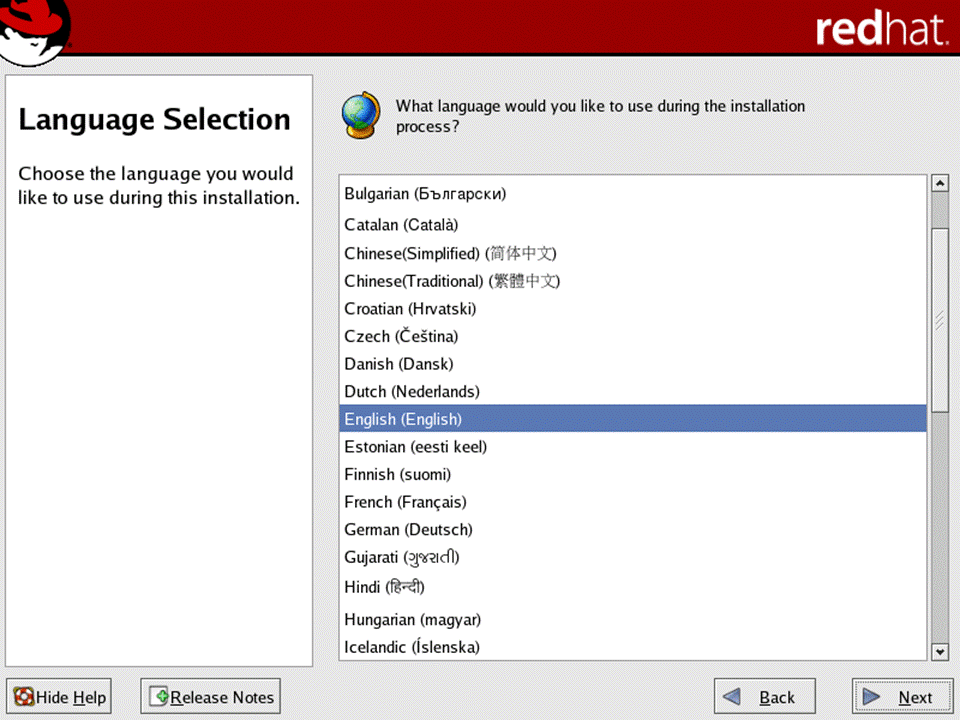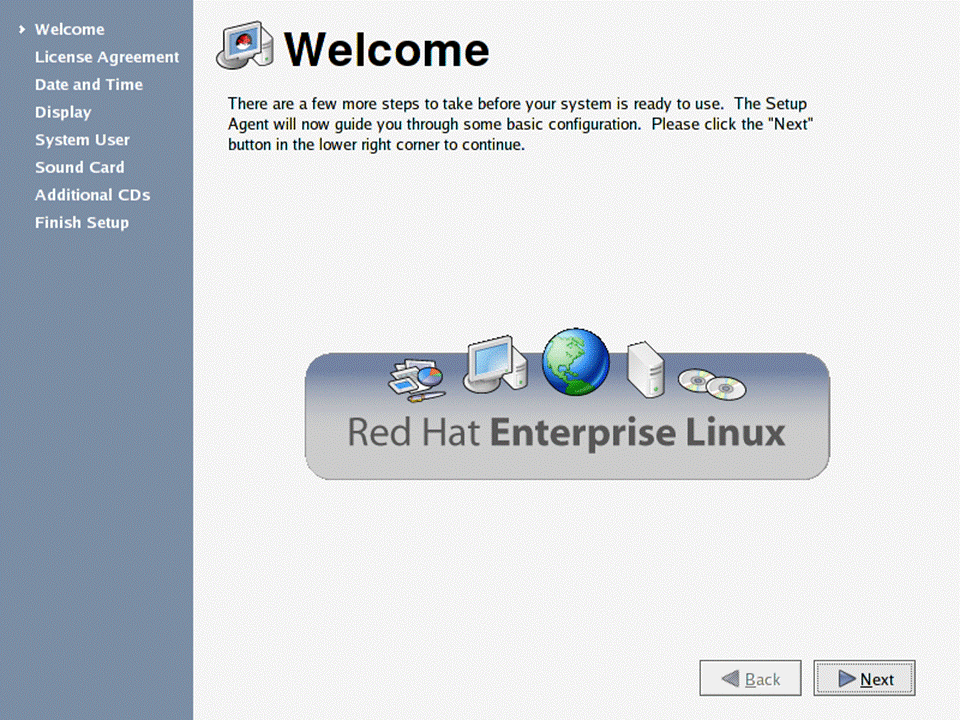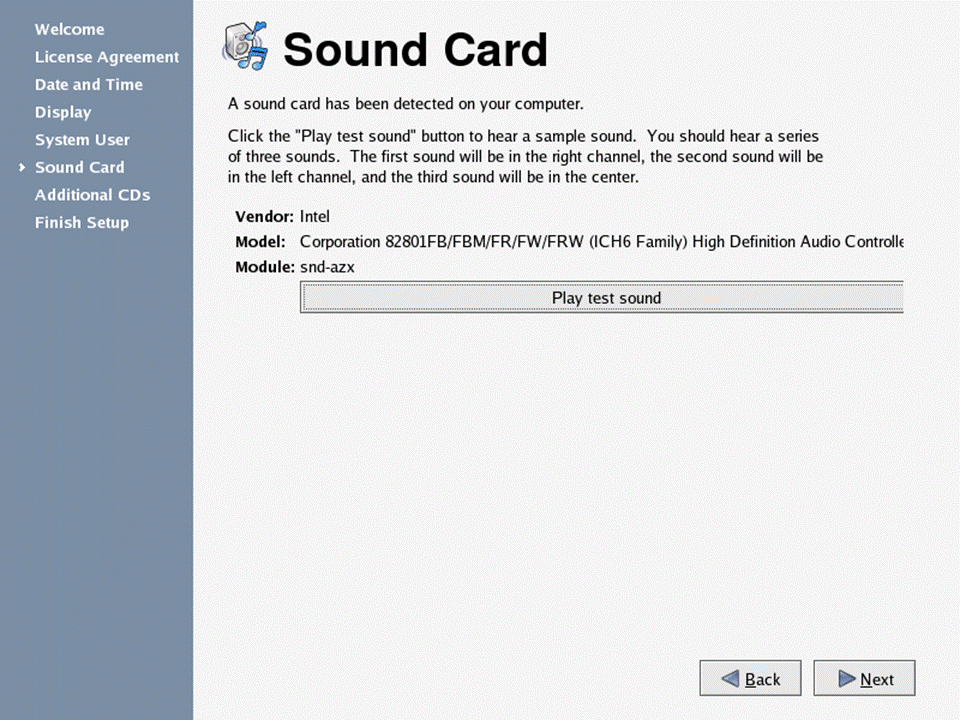How to install Linux Step By Step ?
Before Installation Check All Requirements
System Requirement
Minimum Recommended
Processor 2 GHz Pentium 3 GHz Xenon
Ram(Memory) 512 MB 1 GB
Storage(Hard disk) 10 GB 40 GB
Linux Operating Bootable Cd
Partitioning is a means to divide a single hard drive into many logical drives.
Partition Creation Help
IDE Disk Partitions
/dev/hda (Primary Master Disk)
/dev/hda1 (First Primary Partition)
/dev/hda2 (Second Primary Partition)
/dev/hdb (Primary Slave Partition)
/dev/hdb1
/dev/hdc (Secondary Master/Slave Partition)
/dev/hdc1
SCSI Disk Partitions
/dev/sda1, /dev/sda2
/dev/sdb1, /dev/sdb2
/dev/sdc1, /dev/sdc2
Now Copelete Installation
Enjoy .....
Linux Operating Bootable Cd
- Set First boot device to cdrom in Bios Setup.
- Load bootable cd in cd drive and Reboot System.
- System reboot (Press any Key Boot from Cd rom ) display Appear, Press any Key.
- Now Linux intaller's Welcome screen appear
- Now Proceed To Step By Step
Now Here Create Hard Drive Partion As your Choice
what Is Partition?
Partitioning is a means to divide a single hard drive into many logical drives.
Partition Creation Help
- Device: This field displays the partition's device name.
- Start: This field shows the sector on your hard drive where the partition begins.
- End: This field shows the sector on your hard drive where the partition ends.
- Size: This field shows the partition's size (in MB).
- Type: This field shows the partition's type (for example, ext2, ext3, or vfat).
- Mount Point: A mount point is the location within the directory hierarchy at which a volume exists; the volume is "mounted" at this location. This field indicates where the partition will be mounted.
File System Types
- ext2 - An ext2 filesystem supports standard Unix file types (regular files, directories, symbolic links, etc). It provides the ability to assign long file names, up to 255 characters. Versions prior to Red Hat Linux 7.2 used ext2 filesystems by default.
- ext3 - The ext3 filesystem is based on the ext2 filesystem and has one main advantage - journaling. Using a journaling filesystem reduces time spent recovering a filesystem after a crash as there is no need to fsck the filesystem.
- swap - Swap partitions are used to support virtual memory. In other words, data is written to a swap partition when there is not enough RAM to store the data your system is processing.
- vfat - The VFAT filesystem is a Linux filesystem that is compatible with Windows 95/NT long filenames on the FAT filesystem
Partition Means
IDE Disk Partitions
/dev/hda (Primary Master Disk)
/dev/hda1 (First Primary Partition)
/dev/hda2 (Second Primary Partition)
/dev/hdb (Primary Slave Partition)
/dev/hdb1
/dev/hdc (Secondary Master/Slave Partition)
/dev/hdc1
SCSI Disk Partitions
/dev/sda1, /dev/sda2
/dev/sdb1, /dev/sdb2
/dev/sdc1, /dev/sdc2
Continue Installation
Now Copelete Installation
Enjoy .....







































.jpg)


.jpg)






-compressed.jpg)
0 Comments